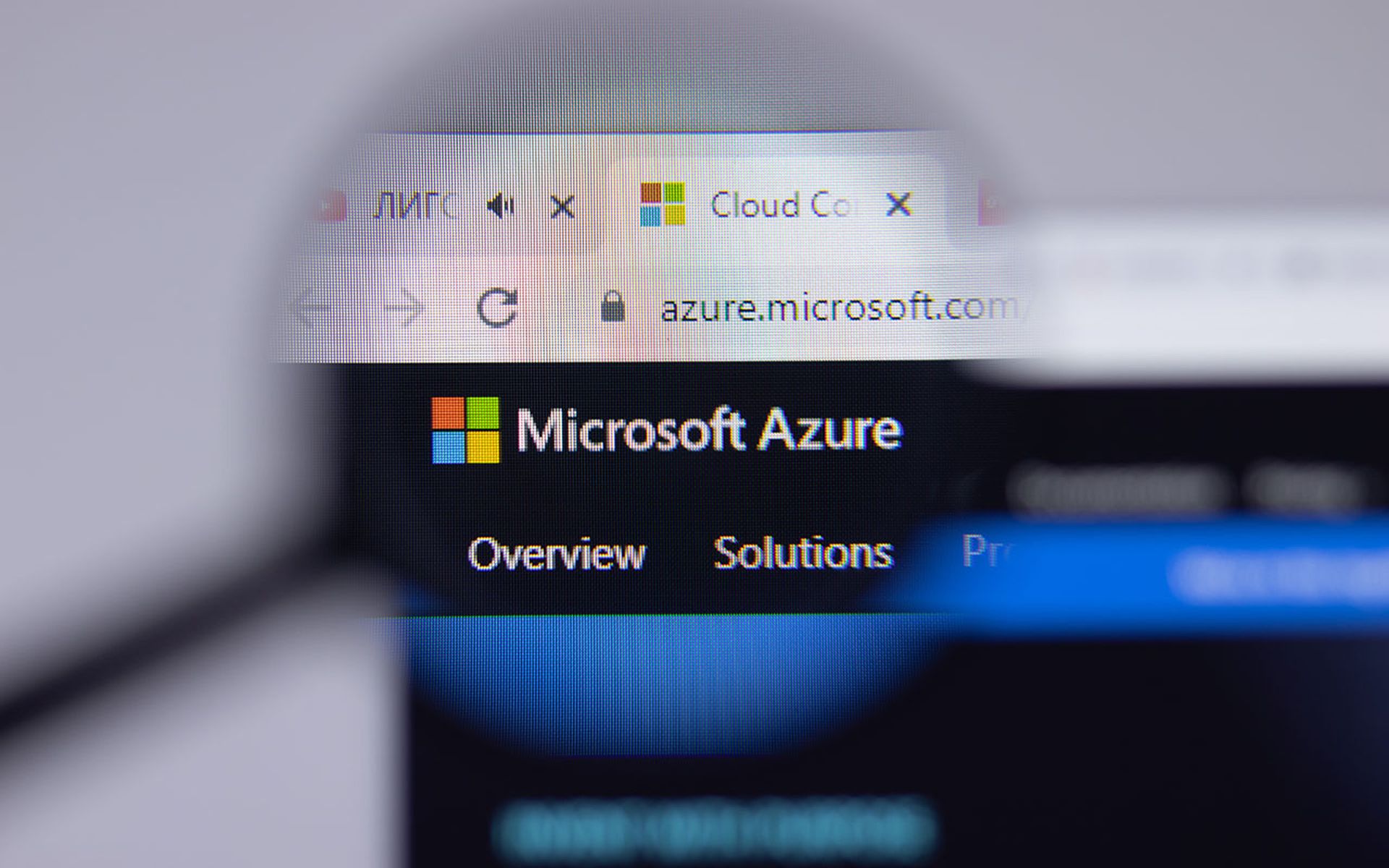
Netwrix on Tuesday reported that 44% of financial institutions responding to its cloud security survey say their own IT staffs pose the biggest risk to data security in the cloud.
A follow-on to a report released earlier this year, this deep dive into the financial sector also found that 32% of financial organizations experienced accidental data leakage compared to the average of 25% in other verticals.
Dirk Schrader, vice president of security research at Netwrix, said organizations need to implement a zero-standing privilege approach in which elevated access rights are granted only when they are needed and only for as long as required.
“Cloud misconfigurations are another common reason for accidental data leakage,” said Schrader. “Therefore, security teams must continually monitor the integrity of their cloud configurations.”
Assuming the IT team has no malicious intentions, Shira Shamban, chief executive officer at Solvo, said IT creates risk in two ways: One is misconfiguration and human error risk — most security incidents in the cloud result of that. The second way they create risk is from phishing or other forms of credential theft.
“IT teams that handle sensitive financial information need to be prepared to handle these risks with an extra level of caution,” Shamban said. “Not only is data at risk, so is the potential health of a business when overaccess to data in the cloud becomes a compliance issue. Security and IT teams, in addition to third parties, platform owners, engineers, and anyone else that touches data in the cloud, must be in lock-step with the understanding that preventing data security risks is a business imperative and shared responsibility in today's market.”
Joseph Carson, chief security scientist and Advisory CISO at Delinea, added that the reason for breaches in the financial services industry over the past couple of years comes down to three factors: human behavior, identities and credentials, and vulnerabilities.
“Today, most people are sharing more information via the cloud, ultimately causing them to face more exposure to attacks,” Carson said. “The goal is to compromise systems to commit financial fraud, or steal identities to access the company that the target was trusted to protect. When identities are stolen, it provides the attacker with the means to bypass the traditional security perimeter undetected.”



